In June 2012 I submitted my concerns about Enbridge’s Northern Gateway Pipeline (NGP) to the Joint Review Panel of the National Energy Board (NEB). As I told the panel then, “Honestly, I’d rather be bird-watching, but sometimes there’s just no choice.”
Of the 1161 citizens who made submissions to the NEB, two were in favour of the project. Nonetheless, in December 2013 the NEB approved the pipeline and sent it to the federal government for a final decision. Six months later, when Prime Minister Harper approved the pipeline, I thought of all those migrating geese that had already suffocated in tar sands tailing ponds. If you have the stomach for it, the article that follows includes a video of ducks struggling to get out of a tailings pond owned by Syncrude Canada Ltd in 2010. http://www.theglobeandmail.com/news/national/no-charges-to-be-laid-in-case-of-duck-deaths-on-tailings-pond/article4590596/
Then I thought about the Boreal Forest, breeding grounds for at least 325 bird species, nearly half the species found in North America. Billions of birds.
It’s also home to the Tar Sands.
I thought about the slow and painful death of democracy in Canada.
Then I thought about my beloved coastline, about what an oil spill will do to coastal communities, to the sea birds and mammals and ocean, to the 127,000 people who work in the BC tourism industry. http://credbc.ca/role-energy-sector-bcs-economy/.
I ranted. I raved. I cried.
It’s three years later; I’d still rather be spending my spare time watching birds.
Instead, though, I’m here – writing, grieving, getting angry all over again as I try to decide whether or not to participate in the Public Hearing for the Trans Mountain Pipeline Expansion (TMPE).
The National Energy Board accepted my application to comment on this project over a year ago. The rules had changed by this time. Applicants now have to demonstrate (via a 10 page application form) that they’re either “directly affected” by the project (what coastal resident isn’t?) and/or have “relevant information or expertise”. In my application to comment I ticked both boxes then wrote about the impact of Kinder Morgan’s proposed pipeline expansion on the more than one billion birds, including twenty-four priority bird species that migrate along the Pacific Flyway and the more than seventy species that make their home on or migrate through Gabriola Island, my home.
I wrote about my concern over oil spills and the fact that even one drop of oil can be lethal and that a significant percentage of birds die even after being cleaned. (http://news.nationalgeographic.com/news/2010/06/100608-gulf-oil-spill-birds-science-environment/).
I wrote about the chronic oiling of seabirds and mammals, oiling that will increase dramatically as the number of tankers leaving Burrard Inlet and heading down the Strait of Juan de Fuca, passing through several internationally-recognized Important Bird Areas, rises to over four hundred a year. I mentioned that these IBAs are critical for the maintenance of the world’s bird populations because they support millions of nesting, wintering, and migrating birds.
Since the NGP hearings, things have gotten worse. The Harper government (perhaps fearing that the NEB might be infiltrated by a bunch of radical birders?) included an amendment in its infamous omnibus bill C-38 stating that even if the NEB should recommend against a project, the federal government has the final say. To make matters even more depressing, the NEB took the “Public” out of “Public Hearing”. You can read about that here – if you’re up to more bad news: https://ca.news.yahoo.com/blogs/dailybrew/restrictive-neb-pipeline-hearing-rules-violate-charter-free-000011109.html
I’m not alone in my outrage. Expert intervenors and commenters are dropping like flies as the deadline to submit approaches. http://www.news1130.com/2015/06/07/cant-do-anything-to-make-kinder-morgan-hearing-appear-fair-neb/
Recently energy executive Marc Eliesen, an intervenor who withdrew, called the hearing process “jury-rigged with a pre-determined outcome“, “a public deception” by an “industry captured regulator.” (http://www.desmog.ca/2014/11/03/energy-executive-quits-trans-mountain-pipeline-review-calls-NEB-process-public-deception).
The deadline to make my submission to the NEB is July 23 and a big part of me doesn’t want to play the game. What, I ask myself, is the point? … Then I think of the birds. Somebody has to speak for them, right?
The problem I face now is that much of what I’d want to say is verboten. NEB rules no longer allow commenters to mention, for example, climate change. (!!) Yet, according to the 2014 Climate Report by the Audubon Society, it’s climate change – fueled to a considerable extent by tar sands oil production in Canada – that “seriously threatens bird species across Canada and the United States”. The report, “314 Species on the Brink”, warns that “half of all birds studied could see their populations drop dramatically on account of climate change.” (http://climate.audubon.org/)
Among the species identified as “severely threatened” due to habitat destruction brought on by climate change are some of my favourite backyard birds:
82% of the Varied Thrush’s summer range and 44% of its winter range has been lost due to climate change.
The Hairy Woodpecker has lost 78% of its summer range and and 30% of its winter range.
The Hermit Thrush has lost 74% of its summer range and 31% of its winter range.
The Western Tanager has lost 70% of its summer range and 37% of its winter range.
The Violet-Green Swallow has lost 65% of its summer range and 38% of its winter range.
The Common Raven has lost 62% of its summer range and 35% of its winter range.
Some birds, including the Northern Saw-whet Owl have lost 100% of their winter range.
Others, including the Trumpeter Swan, have lost 100% of their summer range.
Even though birds are pretty good at adapting to their environment, the climate is changing faster than their capacity to adapt. The Cornell Lab of Ornithology Yard Map folks explain: “Birds have a relationship with habitat that is often delicately intertwined with climate. As the climate slowly shifts so does the make-up of their habitats, sometimes removing expected food sources, favorite nesting locations, or sources of water. As warmer winter temperatures become more common, one way for some animals to adjust is to shift their ranges northward. But a new study of 59 North American bird species indicates that doing so is not easy or quick—it took about 35 years for many birds to move far enough north for winter temperatures to match where they historically lived. … Most likely, birds are not shifting their range faster because the vegetation they rely on as a part of their habitat shifts very slowly.” http://content.yardmap.org/learn/habitat-defined/climate-change/ Gary Langham, lead investigator of the Audobon Climate Project, summarizes the issue: “Birds have wings. Trees don’t.”
The sad conclusion of the report is that unabated climate change is “likely to lead to the decline of bird populations across North America and, in some cases, outright extinction.”
Submitting my concerns about the Trans Mountain Pipeline expansion without talking about climate change would be like discussing the obesity epidemic without mentioning the fast food industry. Or grappling with the plight of the First Nations in Canada without mentioning the residential school system.
But that’s not all. Not only is the NEB not interested in hearing about climate change, in its own words, it “does not intend to consider the environmental and socio-economic effects associated with upstream activities, the development of oil sands, or the downstream use of the oil transported by the pipeline.”
Yikes. I am not permitted to voice my outrage about all those toxic tailings ponds where so many birds suffocate and die every year? (Luckily, I did have an opportunity to that, to some extent, here, thanks to BirdCanada: https://birdcanada.com/drilling-for-oil-in-the-nursery/).
And I can’t mention my worry over the increase in the number of huge Aframax tankers that would ply their way down the west coast, home of the Pacific Flyway, just inviting an oil spill destined to devastate the human and animal communities along my beloved coast – for decades? (https://dogwoodinitiative.org/no-tankers/learn-more/more-info/kinder-morgan-backgrounder)
Just what – of any import – would I say? What would YOU say?
I wonder: what would one of those Mallards suffocating in a tailings pond say? Or one of the Trumpeter Swans that have lost all their summer range? Or one of the 325 species that breed in the boreal forest? Maybe I’ll speak for them, say whatever I darn well please. After all, they don’t know the rules have changed.
All photos are property of the author unless otherwise noted.




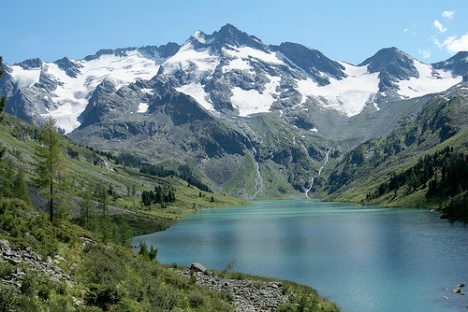
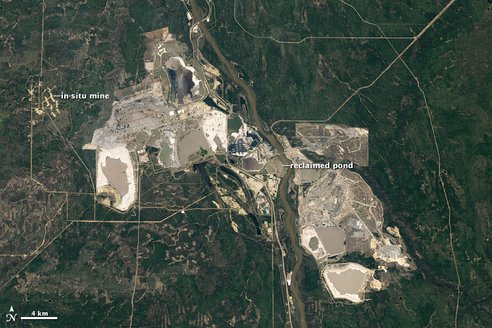
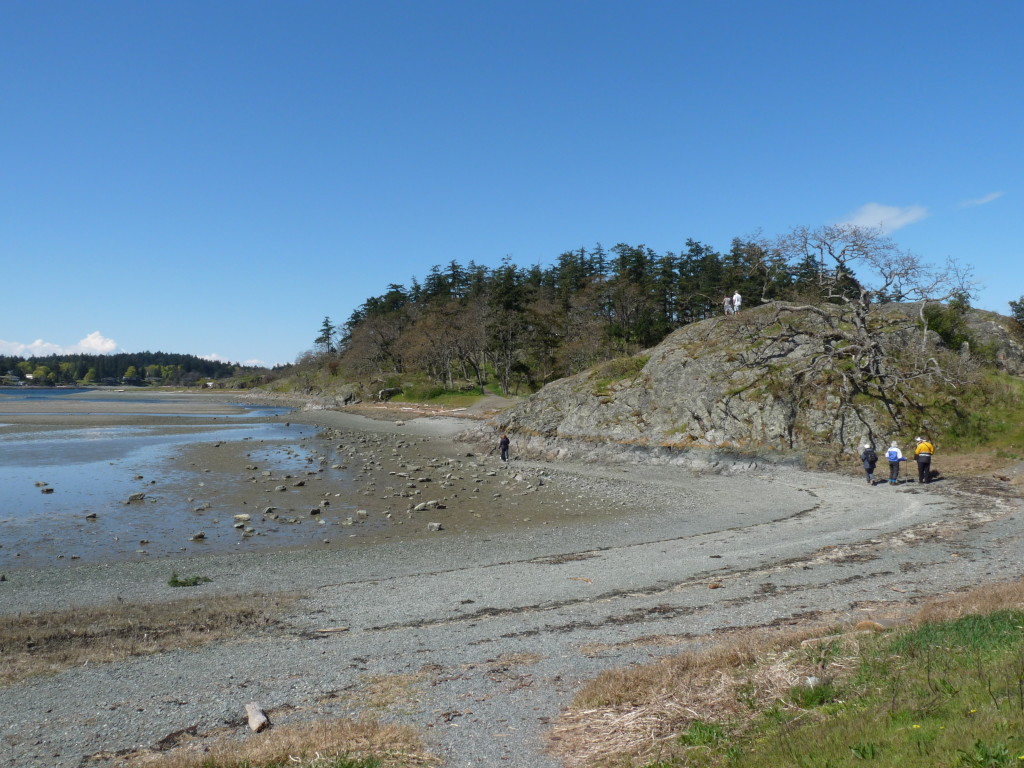
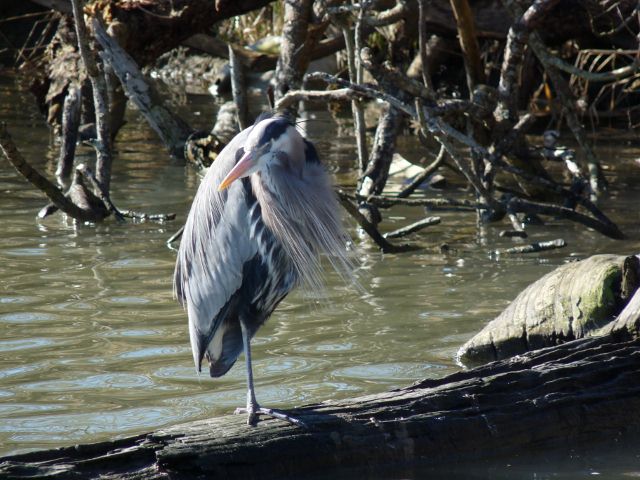
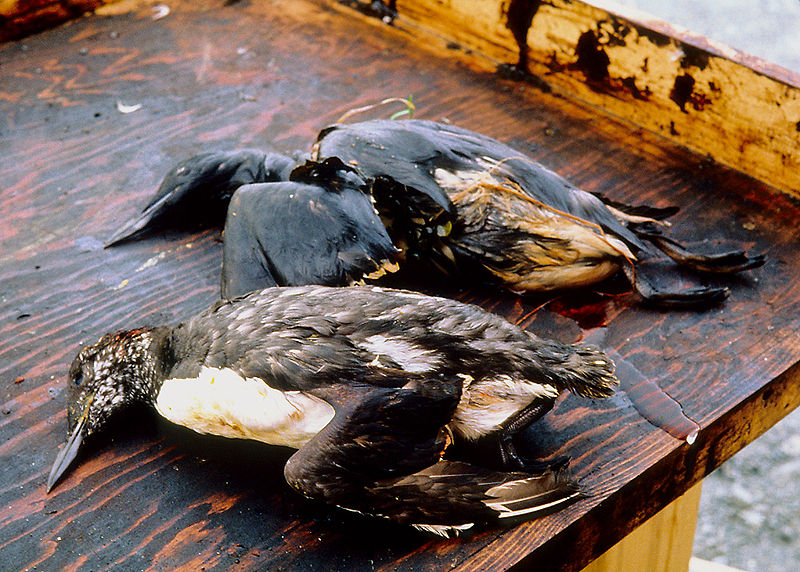
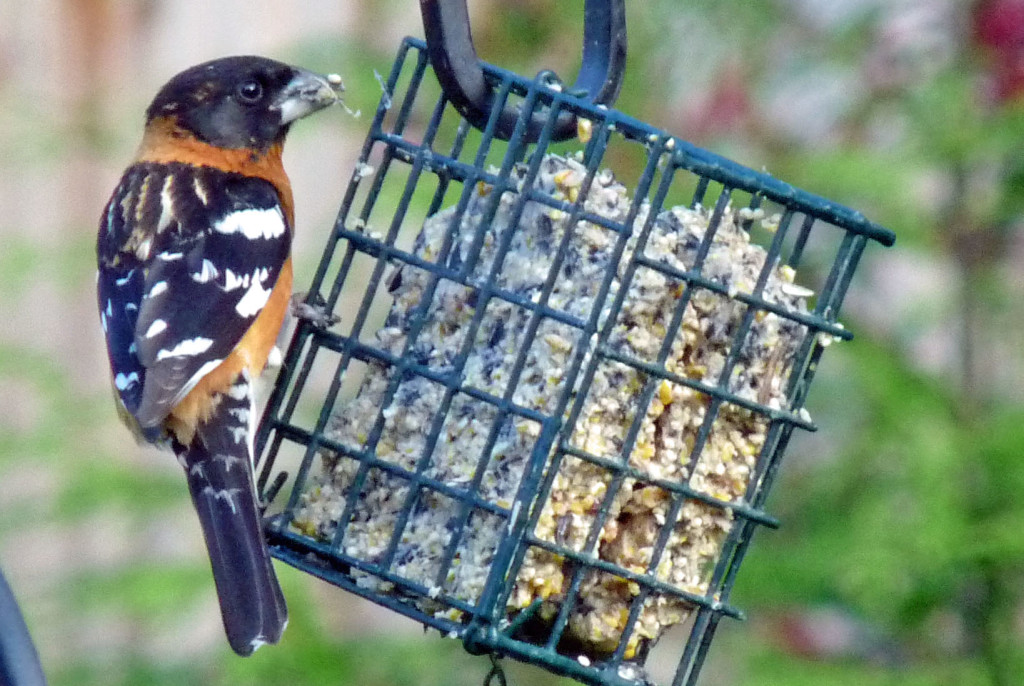
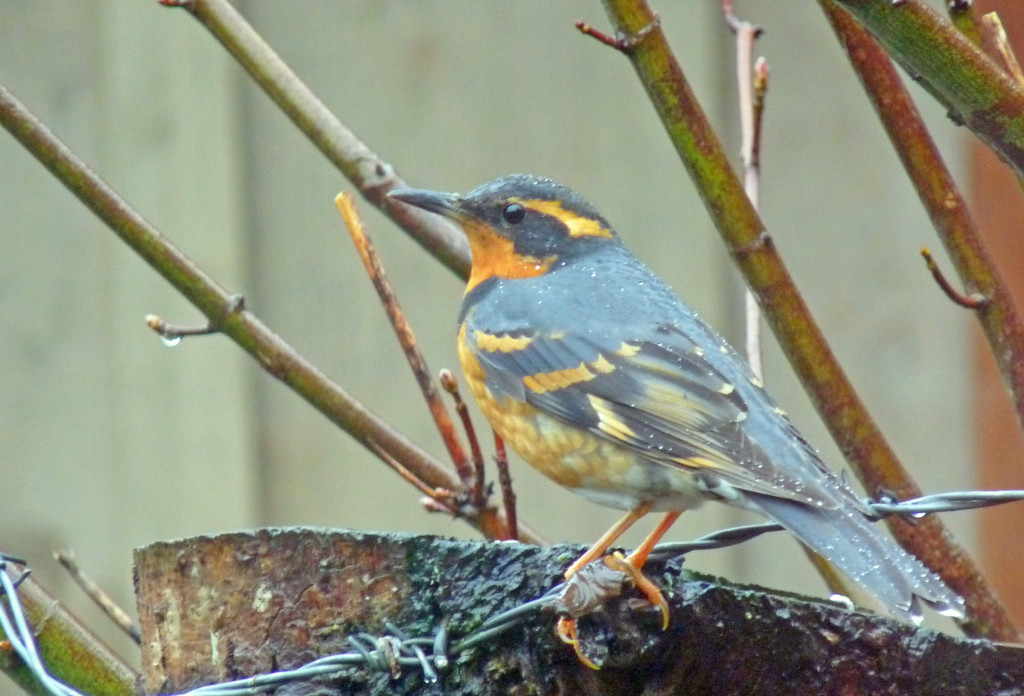
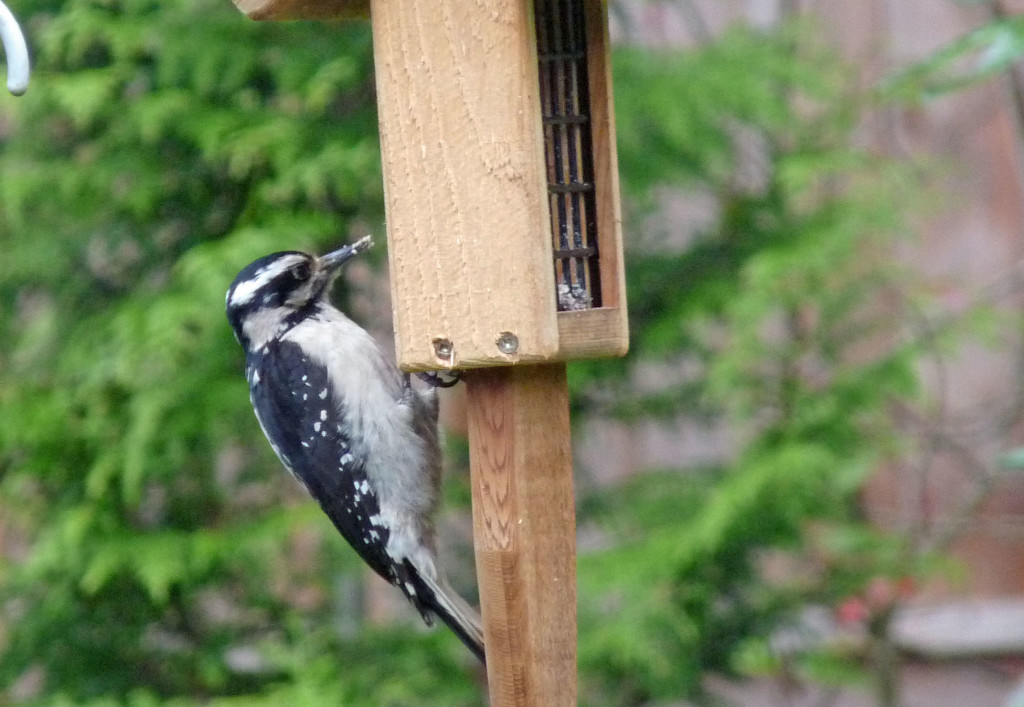
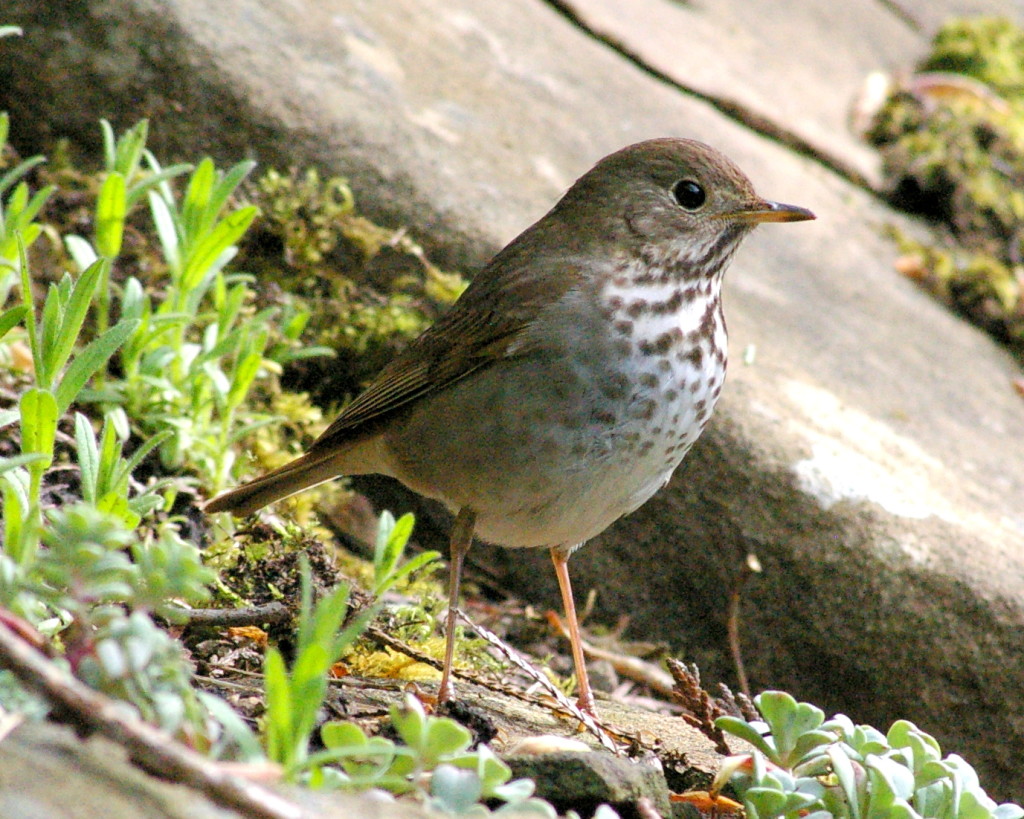
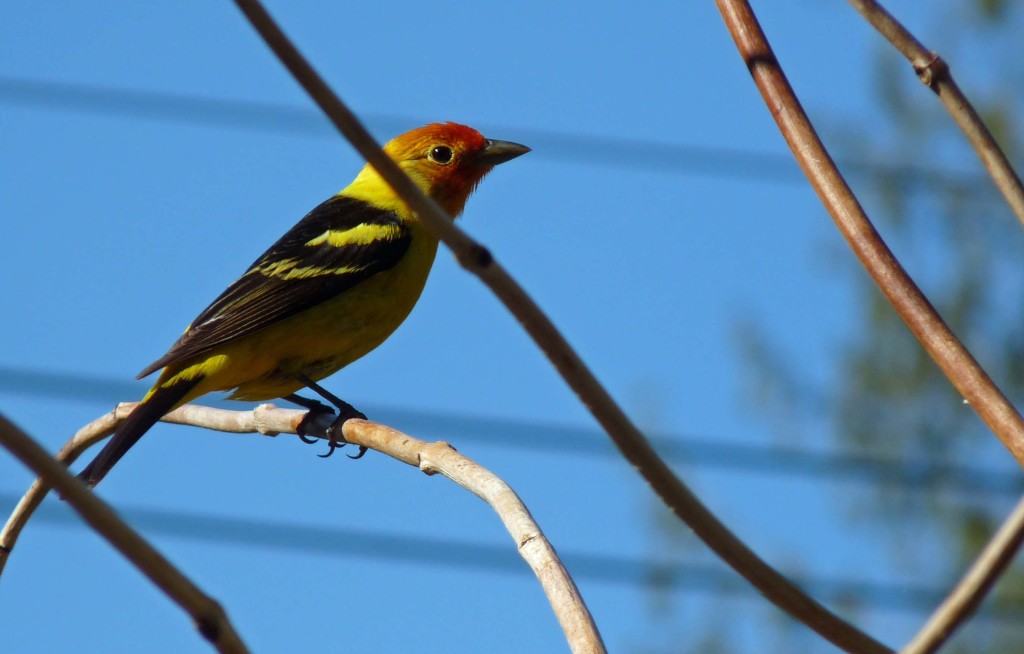
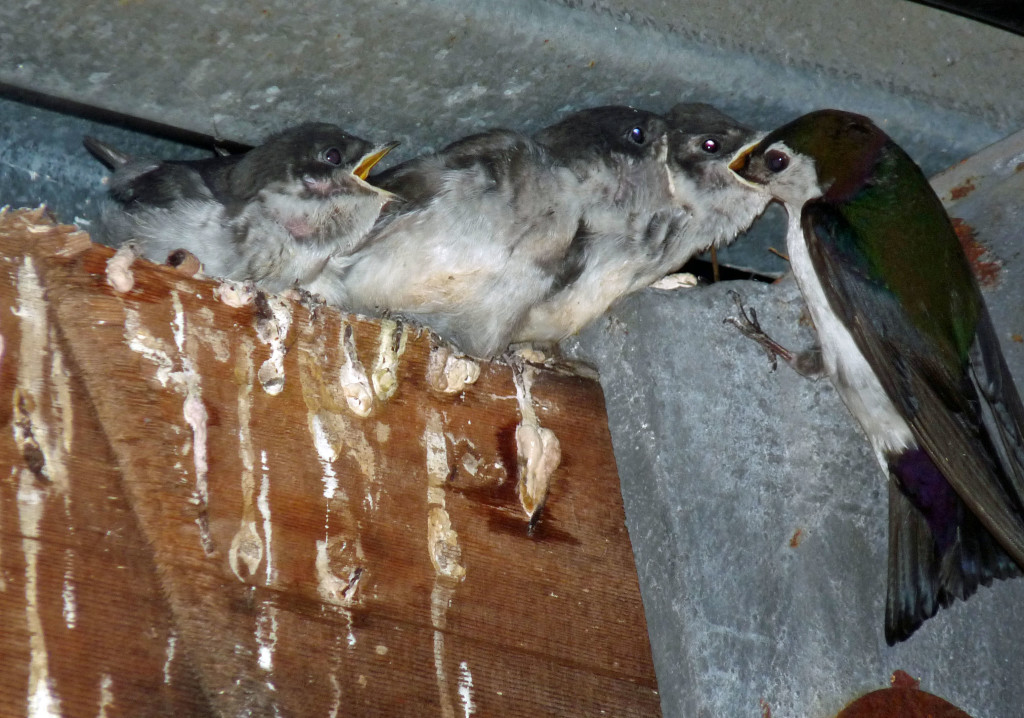
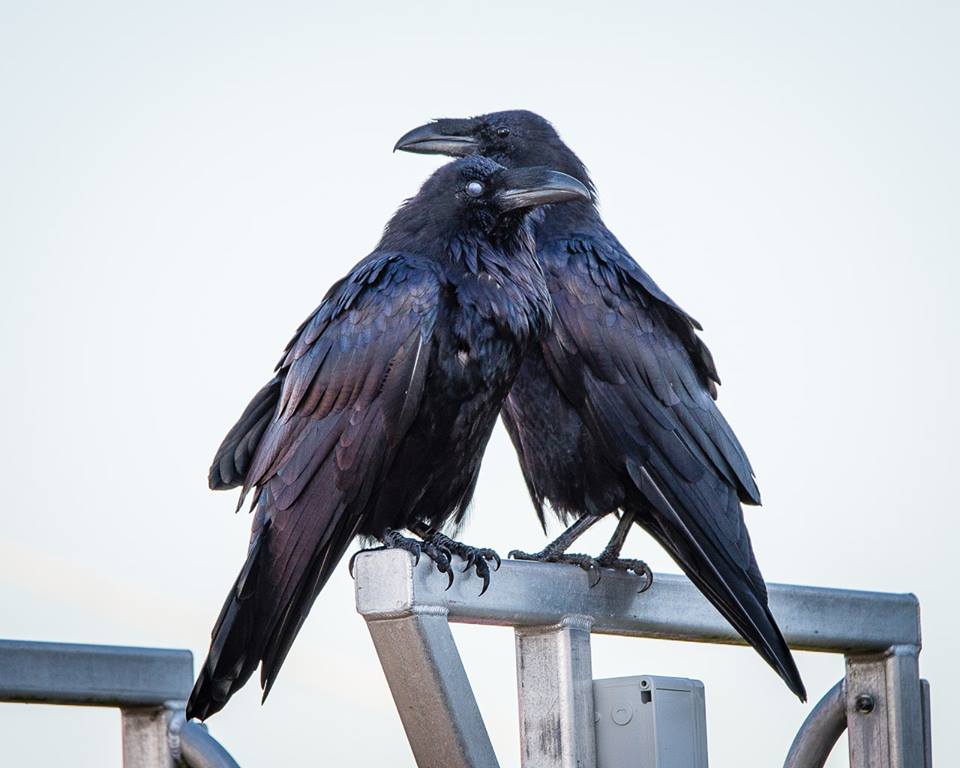
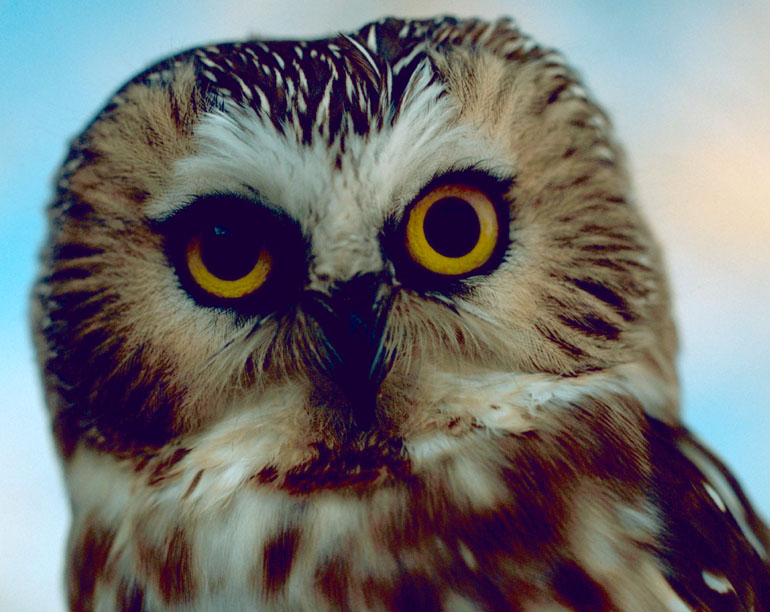
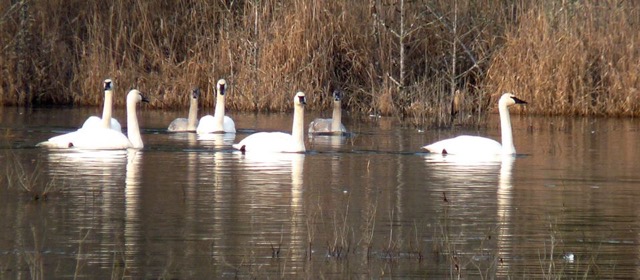
Thank you so much Polly.
Lovely poem Eileen. Thanks so much.
Gilda – Indeed. That has to happen first. Everyone needs to cast a ballot!
Sharon, thank you so much for this article. Your are a voice that stands out and demands to be heard, strength to you!
I’ll add my thanks for this article, Sharon, and for “wording” the almost wordless frustration and near-despair of many of us coastal (and world) residents.
“Hope” is the thing with feathers –
That perches in the soul –
And sings the tune without the words –
And never stops – at all – ”
Emily Dickinson
I wish your message could be heard, but with Steven Harper as PM you have very little chance of seeing any positive change. Perhaps, if the Conservatives are tossed out in the October election a different , more caring, attitude may prevail. We can only hope. And vote!
Thank you for your kind words Bridget. They are, in themselves, a great support.
Thank you for being an important voice and educator. Your posting is deeply moving. How can I support you?
Thanks so much Janet.
Thank you for this eloquent article and for your persistence, Sharon. Stay strong!